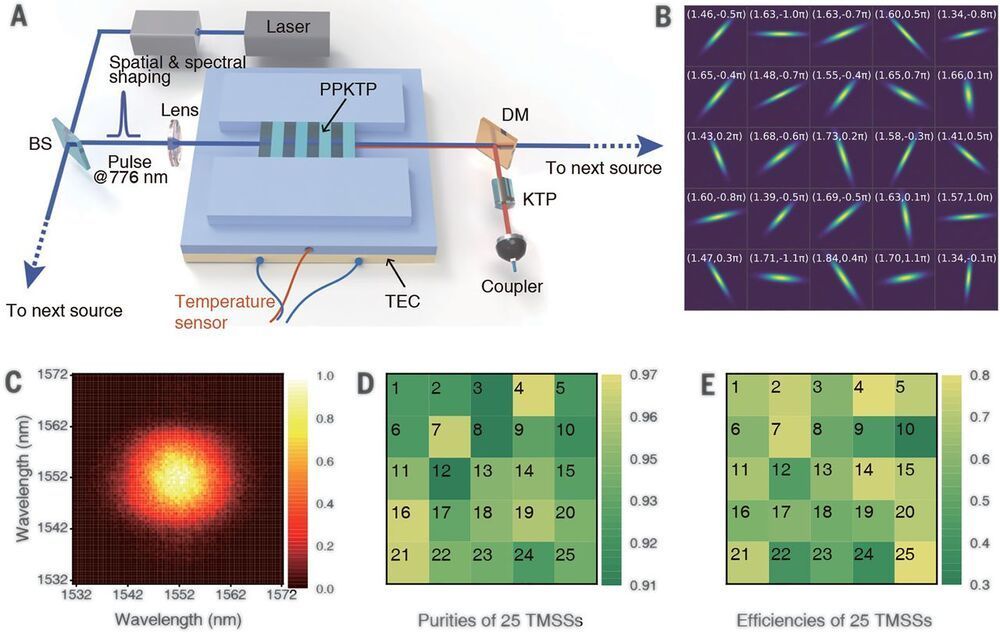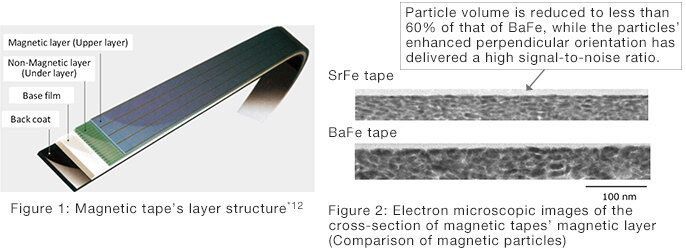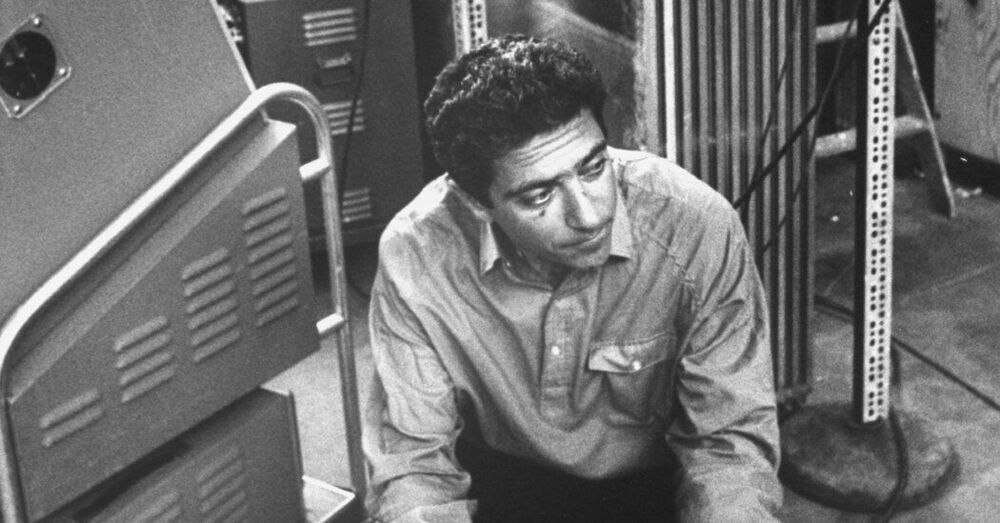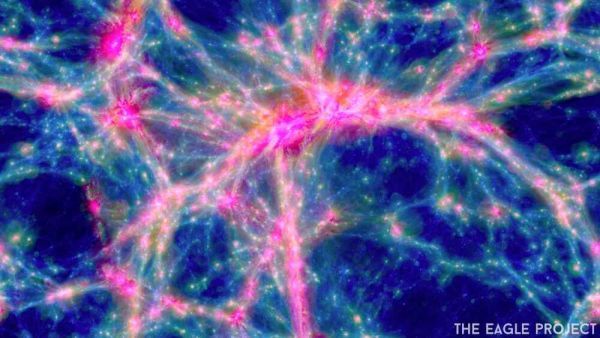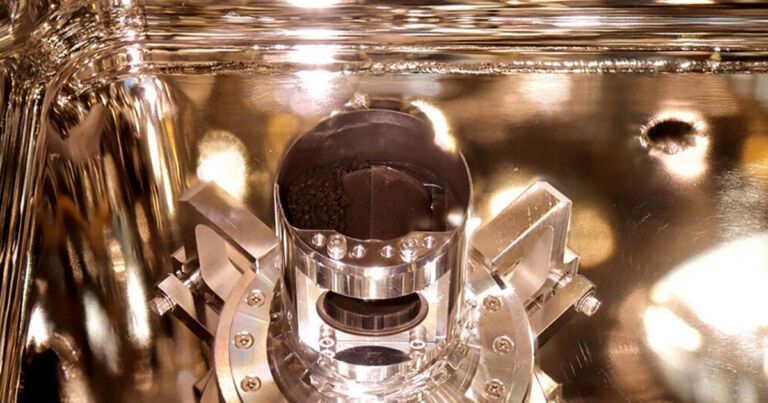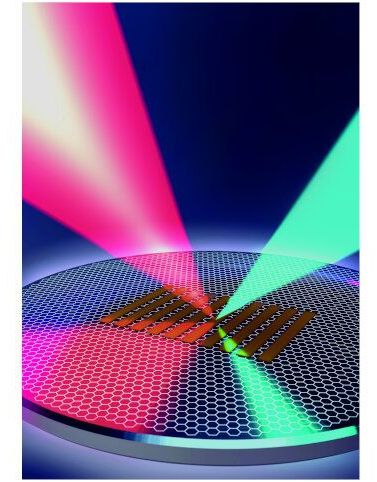Dec 18, 2020
Graphene Proves That Brownian Motion Can Be A Source of Energy!
Posted by Quinn Sena in categories: nanotechnology, particle physics
Graphene, one of the most important nanomaterials developed so far, continues to surprise the scientific community. This time, thanks to the extraordinary phenomena found by a group of physicists from the University of Arkansas. We are talking specifically about the capacity to use the thermal motion of atoms in graphene as a source of energy!
In this recent work, published in Physical Review E under the title Fluctuation-induced current from freestanding graphene, the team of researchers have successfully developed a circuit capable of capturing graphene’s thermal motion and converting it into an electrical current.
As it is said in this article : “The idea of harvesting energy from graphene is controversial because it refutes physicist Richard Feynman’s well-known assertion that the thermal motion of atoms, known as Brownian motion, cannot do work. Thibado’s team found that at room temperature the thermal motion of graphene does in fact induce an alternating current (AC) in a circuit, an achievement thought to be impossible.”


